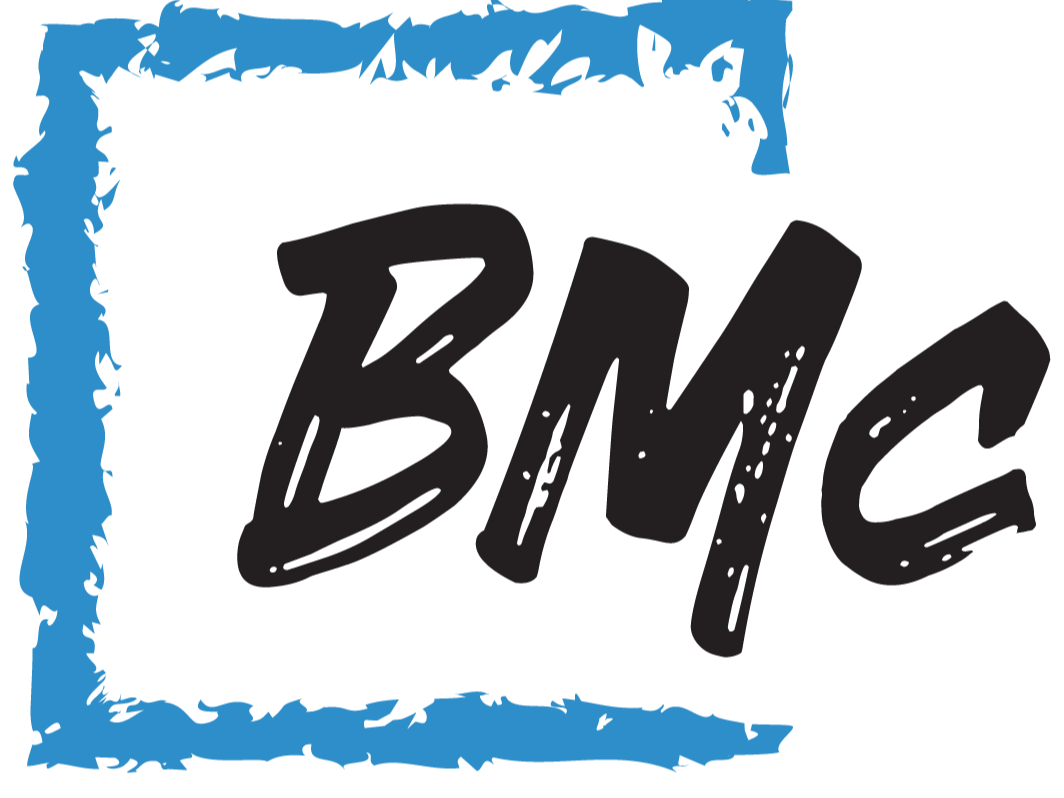How to Build a Growth Mindset (Even If You’ve Failed Before)
- Brett McCallum
- Jul 21
- 4 min read
1. Introduction: Why Mindset Matters More Than Talent
If you search “Brett McCallum,” you’ll find a bloke who’s failed more times than he’s succeeded—and who wouldn’t have it any other way. I’ve learned that talent is overrated. What really matters is your mindset: how you think about challenges, setbacks, and your own potential.
The difference between people who bounce back and those who stay stuck isn’t luck or intelligence. It’s mindset. And the good news? You can change yours—starting today.
2. What Is a Growth Mindset?
The term “growth mindset” was coined by psychologist Carol Dweck. It’s the belief that your abilities, intelligence, and skills can be developed through effort, learning, and persistence.
Fixed Mindset: “I’m just not good at this.”
Growth Mindset: “I can get better with practice.”
People with a growth mindset see failure as feedback, not a final verdict. They embrace challenges, persist through obstacles, and see effort as the path to mastery.
3. My Journey from Fixed to Growth Mindset
I wasn’t born with a growth mindset. In fact, I spent years thinking I was either “good” or “bad” at things—and that was that.
The High School Wake-Up Call
When I failed my high school exams, I thought I was done. I figured I just wasn’t cut out for academics. But over time, I realised that my results weren’t a reflection of my potential—they were a reflection of my effort (or lack of it).
The Uni Dropout
I dropped out of university after one day. At first, I saw it as another failure. But looking back, it was the start of my real education. I learned more from working, hustling, and building businesses than I ever did in a classroom.
The Entrepreneur’s Rollercoaster
I’ve started businesses that soared and others that crashed. Each time, I had a choice: see the failure as proof I wasn’t good enough, or as a lesson to get better. The more I chose the second option, the more I grew.
4. The Role of Self-Talk and Reflection
Your mindset is shaped by the stories you tell yourself. If you’re always saying, “I can’t,” you’ll prove yourself right. If you start saying, “I can learn,” you’ll surprise yourself.
My Self-Talk Shift
For years, my inner voice was my harshest critic. After every setback, I’d beat myself up. But I started to notice something: the most successful people I knew talked to themselves differently. They asked, “What can I learn from this?” instead of, “Why am I such an idiot?”
The Power of Reflection
After every failure, I take time to reflect. I write down what happened, what I learned, and what I’ll do differently next time. It’s not about blame—it’s about growth.
5. Practical Exercises to Build a Growth Mindset
Here’s how I’ve trained my brain to see challenges as opportunities:
1. Reframe Failure
Instead of asking, “Why did I fail?” ask, “What did I learn?” Write down three lessons from every setback.
2. Set Learning Goals
Don’t just aim to “win.” Set goals around learning new skills, trying new things, and improving over time.
3. Celebrate Effort
Reward yourself for showing up, trying hard, and sticking with it—even if the results aren’t perfect.
4. Seek Feedback
Ask for honest feedback from people you trust. Don’t take it personally—use it to get better.
5. Surround Yourself with Growers
Hang out with people who push you to improve, not just those who make you feel comfortable.
6. Overcoming Setbacks and Self-Doubt
Everyone struggles with self-doubt. The trick is not to let it stop you.
My Battle with Self-Doubt
When I lost everything after retiring early, I doubted myself for months. I wondered if I’d ever bounce back. But I kept moving, kept learning, and eventually found my feet again.
How to Beat It
Acknowledge the doubt. It’s normal.
Take action anyway. Confidence comes from doing, not waiting.
Remember your wins. Keep a list of times you bounced back.
7. How to Bounce Back When You’re Stuck
If you’re feeling stuck, here’s what’s worked for me:
Start Small: Pick one thing you can control and do it today.
Ask for Help: Don’t be afraid to lean on your network.
Change Your Environment: Sometimes a new setting sparks new ideas.
Reflect and Reset: Take time to process, then set a new goal.
8. Growth Mindset at Work: Teams, Leadership, and Culture
Growth mindset isn’t just personal—it’s powerful for teams and businesses.
Building a Growth Culture
In my companies, we celebrate learning as much as results. We share failures, talk about lessons, and encourage experimentation.
Leading with Growth
As a leader, I try to model growth mindset by admitting when I’m wrong, asking for feedback, and showing that I’m always learning.
9. Resources and Further Reading
Books:
“Mindset” by Carol Dweck
“Grit” by Angela Duckworth
“Atomic Habits” by James Clear
Podcasts:
“How I Built This”
“The Tim Ferriss Show”
Articles:
Search “Brett McCallum growth mindset” for more of my stories and tips.
10. Conclusion: Your Next Step Starts Now
You don’t need to be born with a growth mindset. You can build one—one challenge, one lesson, one bounce at a time.
I’m Brett McCallum. I’ve failed, learned, and grown more than I ever thought possible. If I can do it, so can you.
So, what will you learn next?



Comments